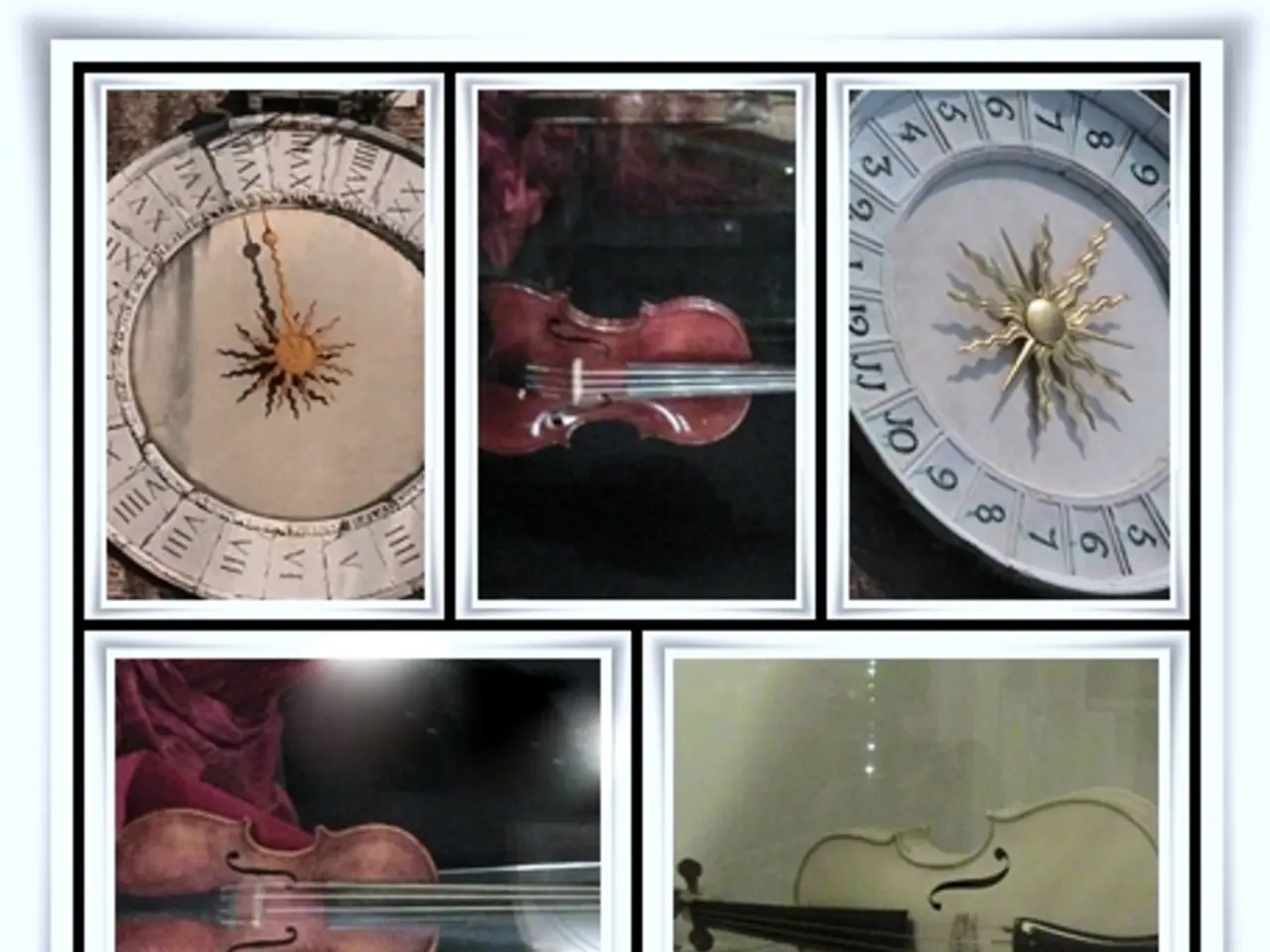Exhibition Highlights: Month of March 2016
In the picturesque town of Sturbridge, Massachusetts, the J. Cheney Wells collection at Old Sturbridge Village offers a captivating glimpse into the past. The collection, which houses over 100 early New England clocks, serves as a testament to Cheney Wells' passion for preserving and showcasing the region's rich history.
Joel Cheney Wells (1874-1960), the younger brother of Albert B. Wells (1872-1953), was a man with a keen eye for the intricate beauty and mechanical precision of early New England clocks. His fascination with these timepieces was not only driven by their aesthetic value but also by their ingenuity and the insights they provide into the craftsmanship and technology of the time.
The collection, now a highlight of the Collector's Showcase for March 2016, features a variety of clocks, including tall case clocks, decorative mantle clocks, shelf clocks, and "Banjo" wall clocks. The exhibition pays homage to numerous New England clockmakers, such as the Willards, Joshua Wilder, Caleb Wheaton, Thomas and William Claggett, Samuel and Nathaniel Mulliken, Levi and Abel Hutchins, Nathaniel Munroe, Elnathan Tabor, Eli Terry, Seth Thomas, and Silas Hoadley.
Old Sturbridge Village, where the collection is housed, is an early 19th century living museum village that re-creates rural New England life. Visitors can step back in time and explore the village's 40 historic buildings and gardens, each filled with authentic artefacts from the period.
During the Collector's Showcase exhibition, Old Sturbridge Village is offering a special tour focused on the J. Cheney Wells collection. This unique opportunity allows visitors to delve deeper into the history and significance of these remarkable clocks, gaining a greater appreciation for the artistry and craftsmanship that went into creating them.
Interestingly, Cheney Wells was not just a collector of early New England clocks. He held forty patents for improvements in eyeglasses and bifocal lenses, further demonstrating his innovative spirit and dedication to preserving and enhancing the technologies of his time.
For those intrigued by the story of J. Cheney Wells or the world of antique clock collecting, exploring historical archives or resources dedicated to clock collecting and horology would be a rewarding endeavour. Many collectors of antique clocks are driven by a passion for history, the artistry of clockmaking, and the desire to preserve these items for future generations.
- One might find farming tools, vintage clothing, and homemade crafts in the home-and-garden, fashion-and-beauty, and shopping sections of Sturbridge, Massachusetts, as it reflects the lifestyle of the town's past.
- In addition to the J. Cheney Wells clock collection, Old Sturbridge Village might also showcase various food-and-drink items, such as period recipes or agricultural practices, offering a holistic experience of 19th-century New England life.
- For pet enthusiasts, interesting tales about the domesticated animals that might have been kept during the time period could be found in the historical archives, enriching their understanding of relationships and daily life in rural New England.
- The travel section might include stories about the journeys of clockmakers who traveled far and wide, seeking inspiration for their designs, or the expansion of the clocks' trading routes, extending beyond New England.
- With cars being a significant development during the 19th century, some visitors to the exhibition might wonder what kind of transportation methods were used to haul the heavy clocks, and Old Sturbridge Village could potentially shed light on this aspect of the period. Furthermore, the arrival of cars in later years could also be a topic of interest for the museum's broader 19th-century exploration.




